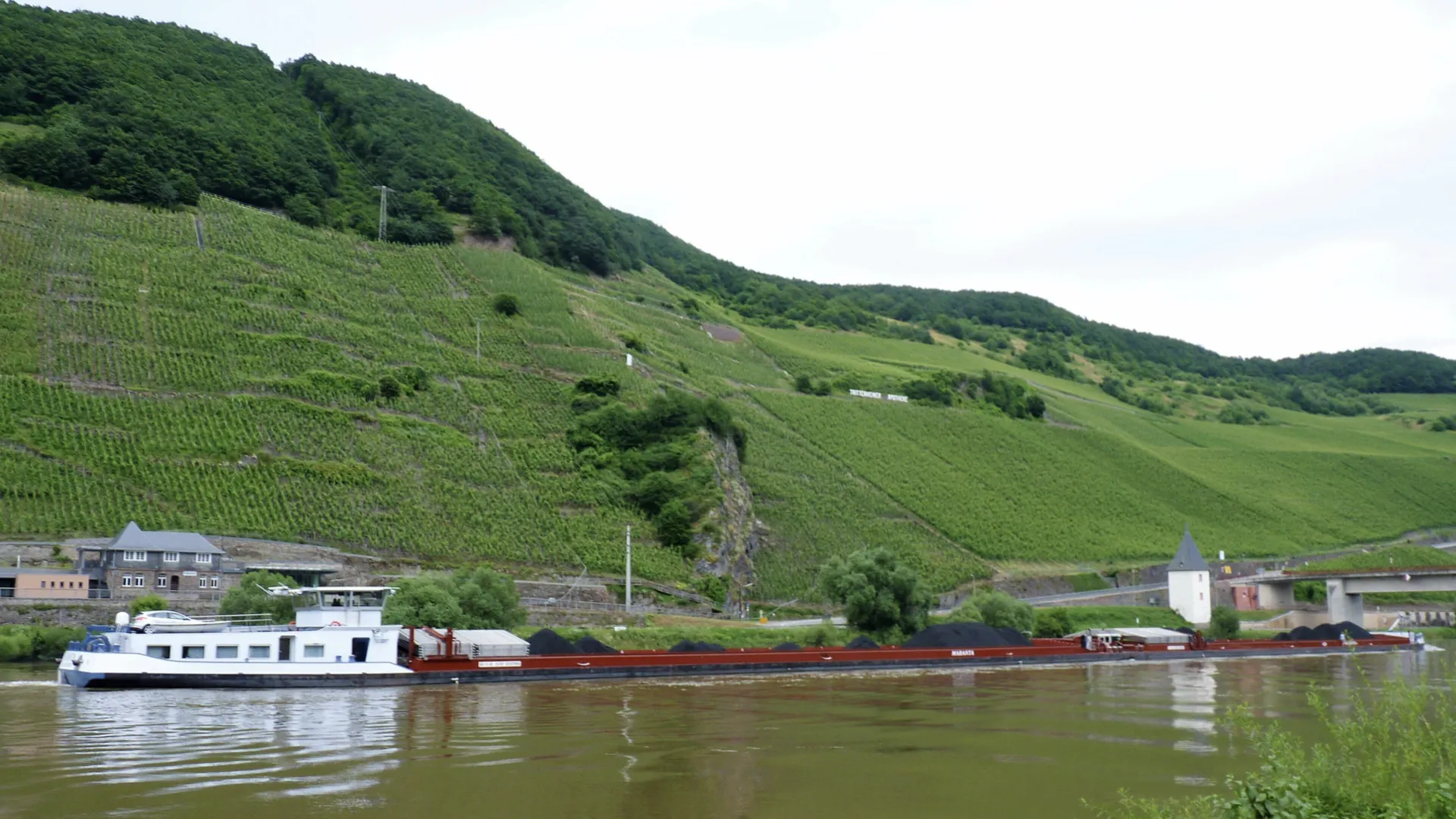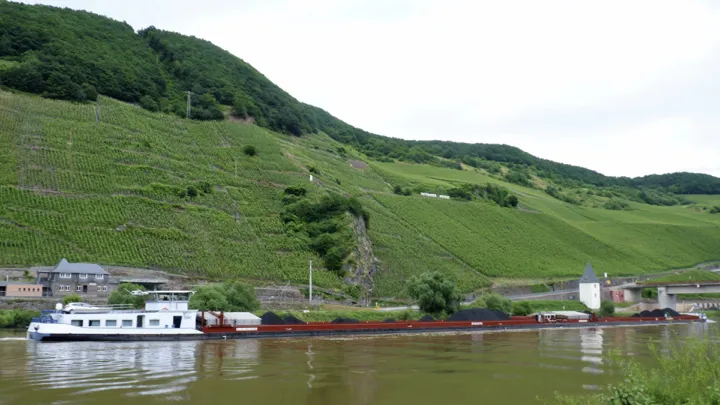Coupled Inland Vessel Maranta with Sustainable Technologies
Author: Jeroen Berger • Publication date:
Inland shipping, a vital segment of the maritime industry, is undergoing a significant transition towards sustainability. The push boat combination Maranta (comprising Maranta and Maranta 2) demonstrates how this transition can become a reality with an existing inland vessel. In 2019, this 172-meter-long and 11.4-meter-wide vessel, owned by Géke and Riemer Kingma from Alblasserdam, the Netherlands, was completely repowered at the quay of engine supplier and shipbuilding company Dolderman. The engine room was extensively rebuilt and equipped with the latest technologies. By significantly reducing its environmental footprint, the Kingma family hopes to contribute to the sustainability of inland shipping. This refit project combines modern engines, SCR catalysts, particulate filters, waste heat recovery, and hydrodynamic optimization. It illustrates how efficient and sustainable sailing can deliver both ecological and economic benefits.
New Engines with Exhaust Gas Aftertreatment
The Kingma family chose to equip the Maranta with two EPA Tier IV final-certified 3512E Caterpillar engines – the first engines of this type in inland shipping. These replaced two old CCR0 engines. The new engines are equipped with SCR catalysts and complemented by self-cleaning diesel particulate filters supplied by our emissions treatment partner.
The SCR systems reduce nitrogen oxide (NOx) emissions by 90%, while the particulate filters, featuring passive regeneration, reduce particulate matter (PM) emissions by up to 99%. Thanks to this combination, the engines meet the strictest European (EU) Stage V emission standards. This not only delivers environmental benefits but also reduces operational costs through more efficient fuel consumption.
Utilization of Waste Heat
To meet the objectives of the Paris Climate Agreement and the commitments outlined in the Green Deal, the Kingma family has opted for a waste heat recovery system (WHRS) in the engine room. This innovative system, developed by our partner specializing in waste heat recovery, is based on the Organic Rankine Cycle (ORC) principle.
In this configuration, all residual heat from both main engines is utilized and converted into mechanical power via a screw expander. The generated energy is then transferred to the shaft of the starboard engine, enhancing its efficiency and reducing its workload.
Thanks to the waste heat recovery system, CO2 emissions are significantly reduced on every voyage. After the installation of this system, the Maranta efficiently transports coal and ores along the Saar and Moselle rivers in Germany. With 52 trips per year, the vessel then returns to the Netherlands loaded with grain for animal feed companies. This results in both environmental and economic benefits through lower fuel costs.
CFD Optimization
To further enhance performance, a CFD optimization study was conducted. Our ship performance partner analyzed the sailing profile and examined areas for improvement in propellers and rudders.
After extensive measurements and a 3D scan of the aft ship, two new CFD-optimized propellers were designed and delivered. These are perfectly matched with the recommended rudders for maximum fuel efficiency, maneuverability, and stability.
Conclusion
With these innovative technologies, the Maranta sets new standards for sustainable inland shipping. This project serves as an inspiration for further sustainability efforts in the maritime sector.
Looking for more inspiration? Visit our page featuring highlighted projects and discover practical examples of sustainable sailing. Learn how ships, in addition to more efficient engines, SCR catalysts, particulate filters, waste heat recovery systems, and an optimized aft ship with improved propellers and rudders, as implemented in this inland vessel, can operate more energy-efficiently through other innovative technologies.



